Exposing your kids to green issues and choices from young can go a long way in paving a firm interest in them through the rest of their lives. Imagine how much our planet will change for the better when they grow up to contribute in their own way !
Every child who lives in a green conscious environment will soon adopt this green mind-set in their school and to places that they visit. Setting a great green environment for your children is therefore an excellent head-start. Adding fun green activities can surely fire up their interest and they will surely translate them to bigger green ideas in the future.
Let’s take a look at the 5 examples to start your kids on that green lifestyle.
1) Inculcating Green ideas at home through green behaviours and activities
Children’s curiosity about the world gives them the natural empathy towards the state of the environment, the plight of animals in the wild, and the dire circumstances faced by children from third world countries. When these children feel that they can do something to make a difference, they will definitely approach it with much interest. In fact, most children understand green issues readily, sometimes even more than adults. Setting an example for your kids by living a green lifestyle yourself is the best way to inculcate green living in them. When they see your daily routines that emphasize on activities that show love and considerations for the environment, animals and people whom we share the world with, they will slowly grow and learn along with you.
Seeing you picking up roadside trash even though you weren’t the ones who dropped it, will have a positive effect on them, making them realise the value of keeping public places clean.
Try volunteering your spare time for a worthy cause and bring your kids along too. They will see that giving back to society in whatever ways we can as being fun, important and worthwhile.
From taking public transport to finding ways to reduce trash at home, every choice you make helps your children make green choices.
Growing up in a green conscious environment, sustainable living will come naturally to them. They will be able to pass on their practises to friends, colleagues and eventually their own children.
2) Maintaining a Green lifestyle During School Term
A) Green Traveling
If your children’s school is within walking distance, try walking them and leave the car at home. If its a tad too far, just take public transport or the school bus (car- pooling). Explaining why these activities are green in nature is crucial in instilling the green conscience in them. For example, tell them that driving the car for short distances does not allow it to warm up fast enough to run efficiently, hence causing more pollution through exhaust emissions. Walking is the most eco-friendly way that does the least damage to the environment.
Children enjoy the company of other children, so do try to team up with neighbouring families when traveling to school or to common destinations. Walking is a good form of exercise and saves money too.
When you kids are old enough, let them cycle to school.
If the school is far away, try car-pooling with neighbouring kids to cut down on number of cars going to the same destination. Take turns with neighbouring parents and ensure that everybody can share the task.
A nice way to ensure that every parent is kept in the loop is to create a chat group to notify every one on their schedules and notify any children who will not be joining for each car-pooling sessions.
B) Stocking up Green School Supplies
Try using solar-powered calculators and post-consumer recycled paper products. Also try buying used textbooks and reading materials through the internet or from parents with older kids who have went through the same syllabus or school work.
Do buy and use only non-toxic crayons, markers, glues and pens. They will not only be safe for your kids, no danger will be posed to the environment when they are being disposed.
Packed lunches should be in re-useable containers rather than disposable plastic or paper bags.
Many stationery supply stores stock up green paper products along with energy-star certified computers that consume the least amount of energy. An internet search on green school supplies or stationery supplies will turn up with trusted green conscious retailers that offer great products at reasonable prices. Try surfing away and you will be amazed at the green products on offer.
3) Playing with Green or Eco-friendly Toys
Finding green toys today is all too easy thanks to the growing green movement and the immense outreach of the internet.
When looking for green toys, do take note of the following:
A) Choose non-toxic/green materials.
Toys made from solid wood or non-toxic finishes are the best choices as well as those made from natural materials such as fabric and organics. Avoid soft plastic, PVC or materials with too much colouring or paint finishes. These can be dangerous and can become health hazards if not used properly.
B) Energy efficient Toys.
Choose toys that are well-designed, sturdy, and durable. Also pick the ones that uses little batteries. The fewer toys you need to replace means the more energy you can save in the process. The less batteries you use will also mean less resources are being consumed each time they are used. Do look out for toys that don’t require batteries or uses alternative sources of energy too, such as solar power or wind-up toys. Nowadays, alternative energy toys are cropping up on internet sites so finding them can be as easy as ABC.
C) Toys that boost your child’s imagination.
Expose your kids to unstructured playing opportunities to expand their creative minds. Let them play with toys with materials that can bring out their drawing and building skills. Science based toys are also great sources of inspiration and can help teach children from topics like gardening to chemistry.
D) Buy from local retailers.
Find out where local artisans or manufacturers produce toys near your area and support their products. Buying locally and responsibly can help reduce the energy costs related to transporting toys to your local store. If you are buying from manufacturers that are located elsewhere, do research on them to find out whether they support any green causes as well as if their toys are registered under fair-trade programs to ensure that their manufacturing process were treated well and paid fairly.
4) Exposing Them to Green Choices
Children like to take control of things sometimes and they love to teach their parents a thing or two. Give them the chance to lead and make green choices at home. Put them in charge of various green role and they will definitely love it.
Let them try taking control of these activities (or formulate your own):
a) Building a shopping list based on healthy, green family menus.
b) Sorting out their used toys such that those that they no longer play with can be donated to children in need.
c) Finding items around the house to reuse, such as turning computer paper printed on one side into scrap paper for various art projects or into notebooks.
d) Setting up bins and pick-up points around the house to make recycling effort easy.
e) Save money as a family to help contribute to a charity or a cause around the world.
5) Putting them on a Healthy, Green Diet
We can let them understand the concept of green living through the food they eat too. Let them be exposed to making green diet decisions.
Reducing the amount of food-print that one has will go a long way in helping to contribute environmentally. Foodprint is used by some researchers to indicate the amount of land that various diets require to sustain them. The diet foot-print (foodprint) is a good way to visualise the environmental impact of our diet. The bottom line is that a more sustainable diet requires less land per person. Try getting your kids on green diets such that the impact on the planet’s resources is reduced when you reduce the amount of meat you consume and choosing green meat whenever possible.
It is also wise to choose your child’s food source. There is an agreement from an environmental point of view that buying local food produce is best. Eating locally produced food can help cut down on what has become known as foodmiles.
It is even better if you can start on that green project to grow your own produce at home should you have a yard or garden to do so. Getting your kids involved in the planting process can further instil the green mind-set in them.
Buying fair-trade produce is also good for the general well-being of third world producers. This can help to ensure that workers from these places get paid fairly and living in good and free conditions when they grow their produce. It is a trading partnership that aims at sustainable development for excluded and disadvantaged producers.
Start your kids on organic food produce that uses less pesticides and artificial growth stimulates. Explain to them how the toxic by-products can impact negatively on the environment. Also educate them on what are deem as organic foods:
a) These crops are grown without the use of chemically based pesticides or petroleum or sewage based fertilizers.
b) Animals that are raised without antibiotics or growth hormones.
c) Genetic engineering at any stage of the food making process.
Also educate your kids on how and what types of fish is suitable for eating as world fish stocks are dwindling. Eat fish varieties that are sustainable. Also consider the following when buying fish:
a) Whether the fish is of a sustainable stock. This means the fish variety that can replenish itself at the same rate as they are being fished.
b) Whether the fish was farmed or caught from the wild. Buying wild fish may contribute to overfishing, so educate you children and opt for the farmed variety.
c) How the fish was caught. For example, net fishing or unethical fishing methods that cause ocean pollution and harming of other fish creatures.
All in all, I hope these 5 kick-starter examples can get your kids on the path to a greener lifestyle and make them more interested in green choices and issues.
The main objecitve is to let them grow an interest in eco-friendly activities and carry this mind-set through for the rest of their lives.
With this kind of head-start, let us all imagine how much our planet will change for the better when our kids start contributing environmentally in the foreseeable future !
Share if you find this useful. : )
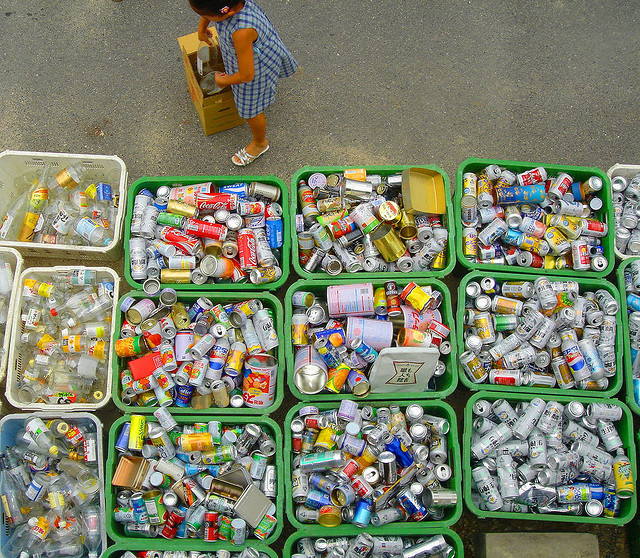
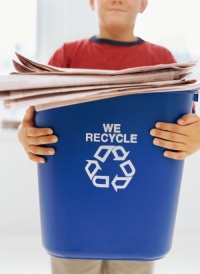
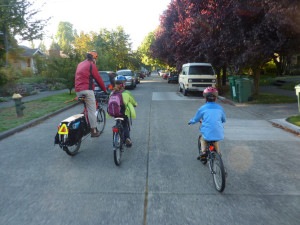


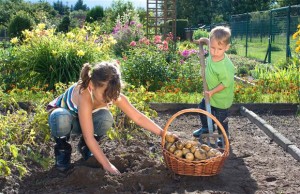




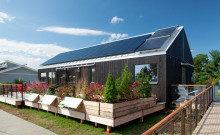




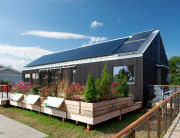
Thanks , I have just been searching for info about this topic for ages and yours is the greatest I’ve discovered till now. But, what about the conclusion? Are you sure about the source?